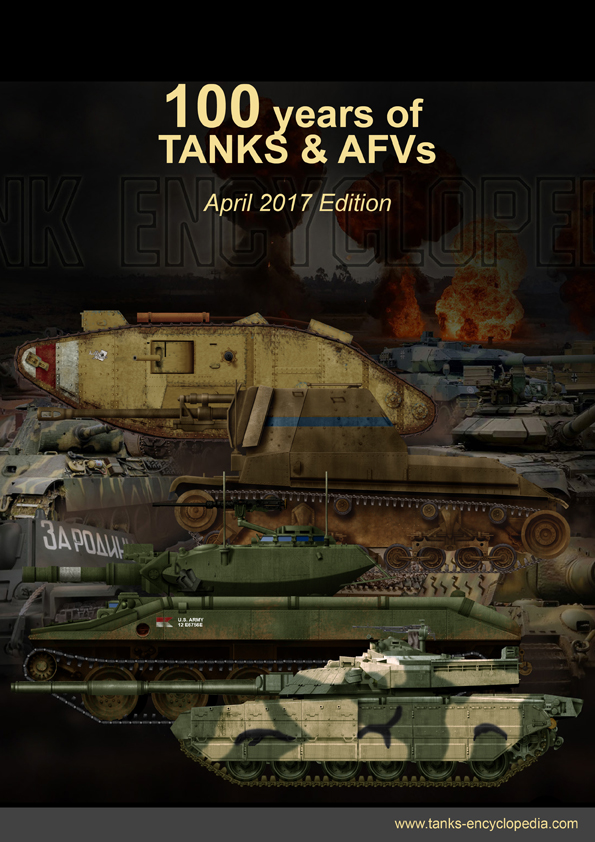Tank Encyclopedia's Archives
 A sub of Tank Encyclopedia. This is the new archive section, with all former entries, and a search engine.
A sub of Tank Encyclopedia. This is the new archive section, with all former entries, and a search engine. ➀ All single vehicles are accessible by nations and eras in a more consistent and logical way than previously. ADS are needed due to finance better server performances as audience grows. But you can support also it through merchandise here.
➁ New posts weekly. These are mere "entry into matter", for vehicles scheduled on tank-encyclopedia.com, that will be seen in the latter in much more detail. A link from the archive entry will point to the new article when up. There are still circa 2,000 serial armored vehicles to be treated over the years excluding prototypes and paper projects, so tank-afv.com will continue to run until all are treated, and follow the news of armoured vehicles around the world.
☄ About the site name: If a "Tank" is obvious to anyone in this context, "AFV" is an acronym which stands for "Armoured Fighting Vehicle". It is a catch-all definition for all military vehicles armoured (and armed), tracked or wheeled. For soft-skinned vehicles please visit truck-encyclopedia.com. See also The 2015 archive.
New Entries

♆ 17/07/2024
 Al-Hussein
Al-Hussein
The Al-Hussein was a Jordanian Main Battle Tank, result of the donation of between 392 and 402 Challenger I main battle tanks that arrived to the end of their service from 1999 and until 2002. Apart a revamped air conditioning system, they were "stock". However it was soon attempted by King Abdullah II Design and Development Bureau (KADDB, now JODDB) to upgrade the park with a new gun, new FCS, and the Falcon unmanned turret, or to lead to a more austere modernization program. However nothing came of it after three prototypes. The Army decided to get rid of its Al-Husseins in 2018 for 80 UAE Leclerc MBTs and Centauro wheeled tanks as complement.
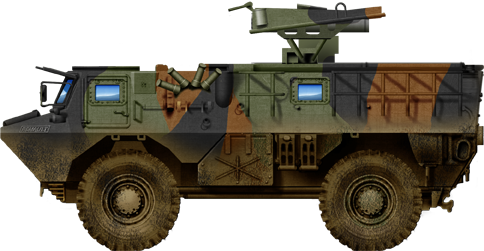
♆ 09/07/2024
 VAB Mephisto
VAB Mephisto
The VAB Mephisto or VAB HOT was the tank hunter variant of the VAB (Vehicle de l'Avant Blindé) proverbial APC for 50 years, until replacement by the new Scorpion program Griffon. The acronym MEPHISTO stands for Module Élévateur Panoramique Hot Installé Sur Tourelle Orientable. 135 were ordered as modified to operate a HOT 2 antitank missile in a telescopic quad launcher, with reloads below. The HOT Mark 2 was able to penetrate up to 900 mm of armour at a range of 4,000-4,250 meters. The vehicle was protected by a STB52V turret with a 7.62 mm NATO LMG and a dedicated fire control system with four man crew. It saw action in the 1991 Gulf war as part of the Daguet Division.
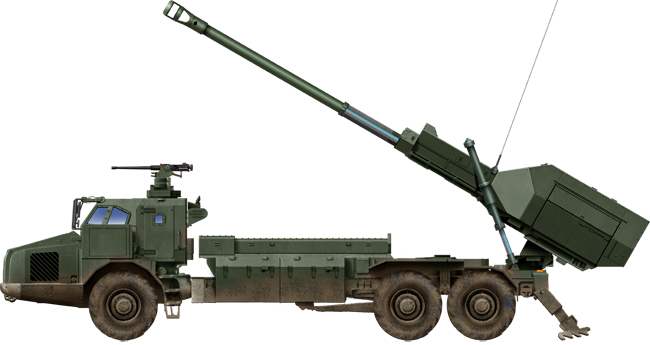
♆ 03/07/2025
 Archer Artillery System
Archer Artillery System
The Archer artillery system ("Archer FH77BW L52") or in Swedish "Artillerisystem 08", is a Swedish designed and built self-propelled howitzer system, largely compared to the French CAESAR today or Czech Vz.68 Dana. Its centerpiece is a fully automated 155 mm L52 gun-howitzer. Armored and stealthy, it also defended by a M151 Protector remote-controlled weapon station. The 6×6 chassis is based on the Volvo A30D articulated hauler, but a variant on the Rheinmetall HX2 (HX44M) was also marketed on 8x8. The whole artillery system also includes an ammunition resupply vehicle for each howitzer in the platoon as well as a common support vehicle. Deployed only in Ukraine so far, the Archer uses BONUS submunitions or the M982 Excalibur guided projectiles. Mobility makes it perfect for counter-battery fire. Used by Sweden, UK and Ukraine, the Archer also has been ordered also by Latvian Land Forces. It was also considered for purchases by the Canadian Army, Romanian Land Forces and eve a contender in the US Army 2020 evaluation.
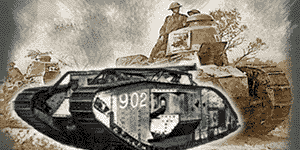
WW1 Tanks & Armored Cars
Born in the Trenches, when the front became static, the idea of the tank was a resurgence of ...science fiction, when some looked at HG Wells' "land battleships" novel. In UK, development was stirred by Wintson Churchill and the Navy. In France, by an artillery officer, J.B. Estienne. And soon the world took notice. Tanks were rare and few in between still, with grand plans in 1918 that never were realized. When the front was not static, armored cars reigned supreme.
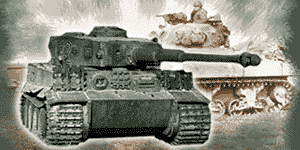
WW2 Tanks & Armored Cars
In 1939, thanks had nearly two decades to evolve at peacetime rate, though the boiling of new ideas of tactics and combined arms, with some armies more acute of these than any others. Ground combat proved absolute masters of these new ideas, the Wehrmacht, with luck and opposite incompetence. After moving to USSR, the fight moved to Africa, then to Italy and back to Western Europe at large, driving fast-paced innovation in a deadly food chain contest.
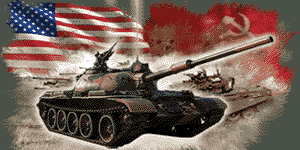
Cold War Armoured Fighting Vehicles
The atomic age started with the opposition of two superpowers, which developed deterrence but at the same time, always considered conventional warfare. Far from peaceful, this second half century, until 1991, saw gradual improvement, with a gap of twenty years before generations, towards 2nd, 3rd and 4th generation main battle tanks and a cohort of armoured personal carriers, infantry fighting vehicles, and many specialized variants, wheeled and tracked.
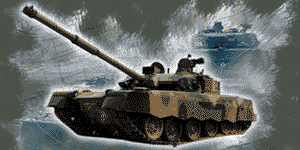
Modern Armoured Fighting Vehicles
As the recent conflict in Ukraine shows us, the tank is still useful in the frame of a conventional war. However drones unexpectedly showed deadlier as well as artillery. Between 1991 and 2025are we really seeing a radical transformation of ground warfare ? One thing is sure through for all generals: The main battle tank is still king of the battlefield, when well used and accompanied. From city scapes to desert, steppe, rolly hills and mountains, even coming from the sea, the tank adapted and is there to stay.
Upcoming:
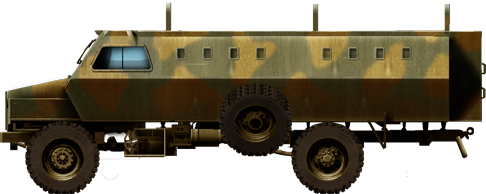
South Africa: Bosvark, MRAP Samil-50 Kwevoel RV, Ribbok, Hippo
Israel: Merkava, III, IV, M109A5 Doher/Rochev, Magach 5 Golan, M113 Golan/Zelda Toga (IDF service), MAR 290/90, M3 HT in IDF service, M50 AGM launcher, Haviv MLR, Eshel HaYarden, M2310 shilem
Britain: Vickers Mk.I MBT, Centurion AVRE, Light Mk.IV Colonial Pattern, Light Tank Mk.II, Wasp Carrier, Bren Carrier (update), FV430 Bulldog, FV105 Sultan, FV103 Spartan
USA: M548, M728 CRV, M40 155mm HMC, T12E1 CGMC, M15 Combination GMC, M13 MGMC, M12 155mm SPG, M14 MGMC, M17 MGMC, M39 Carrier, T1 Cunningham, M22 Locust, M3 HMC-75mm, M4 sherman flail, Marmon CTLS, Sherman-MkV-Crocodile, M108 SPG, LAV-300, M113 FIST, M106 MortarCarrier, M577 Command, M103, M110 howitzer
USSR/Russia: 9M317 BUK-M2, 9K330 Tor, 1S91-kvardat, 9K37M1 buk-M (SA-17-Grizzly), 2S35 Koalitsiya, BTT-1, MT-55, 9P157-2 Khrizantema-S, 9P163M-1-Kornet, 2S23 Nona SVK, BMO-T, BMP-2M, BMP-97 Vystrel, BTR-T, Ural Typhoon, R-381T-Taran, R-145BM, STZ-5 tractor/BM-13-16(Ni tank), Pioneer(Komomolets), T26T/BNSP reco vehicle/TP26, Ya12 tractor(T60/70), GT-MU soviet airborne APC, GAZ-2330 Tigr
China: Type 63G mod. light tank, VT4, Yitian-SPAAML, PLZ-07, PLZ-52, PGZ-07, PTL-02, Type 63C APC amphib Ukraine ready: BMP-1U, Varta MRAP, BTR-60M Khorunzhy APC , BTR4 MV1, 2S22 Bohdana
And also: TAB-77, LAV-6, M120 Rak, Archer, T-155 Fırtına, RODEF-4, Pereh-tank-destroyer, T34-D30-SPH, Iranian Rakhsh-APC, Patria II AMV, Light Tank Mark II, Mark III, Spanish AFVs interwar, TAB 77+ B33 Zimbru, Ford Lynx, Rhodesian Crocodile, Serge CDS, Jordan Khalid MBT, Jordan Al Hussein, Leonardo-M60 , wasserwerfer-SK2, BTR-152 vz53 SPAAG, MT-55, BTS-4A, BTS-2, M47M_AVLB, Renault FT command, 370-Recoiless-GunsSPG, TC5000XYB
2025 Announcement
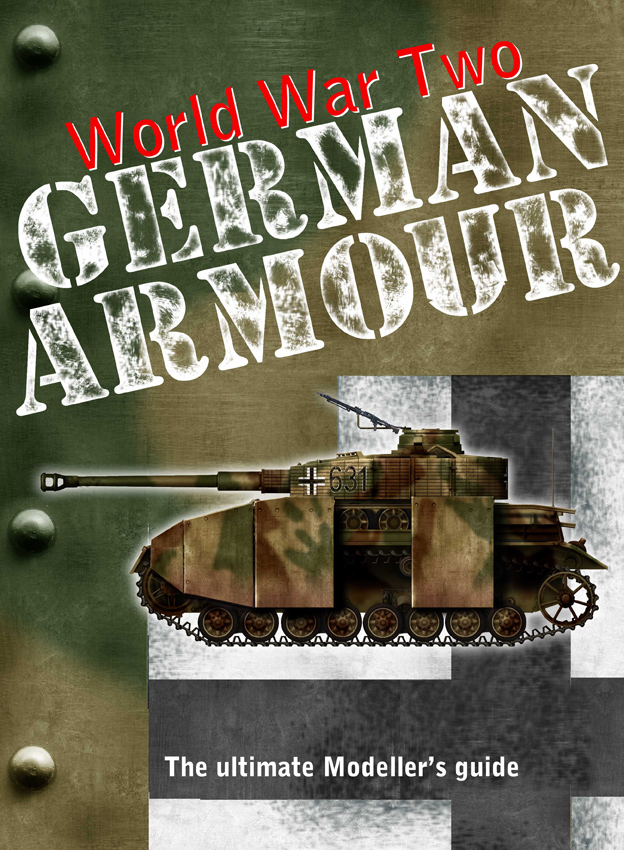
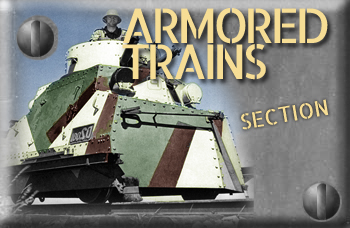
Armored Trains.
The New section in development
The same database as for tanks: Railroad networks developed in the XIXth soon found a military use. Before even WWI, train attacks led to armed and armored trains. This had going on for more than a century now. This will cover all WW1, WW2, but also cold war and even recent armoured trains on the long run.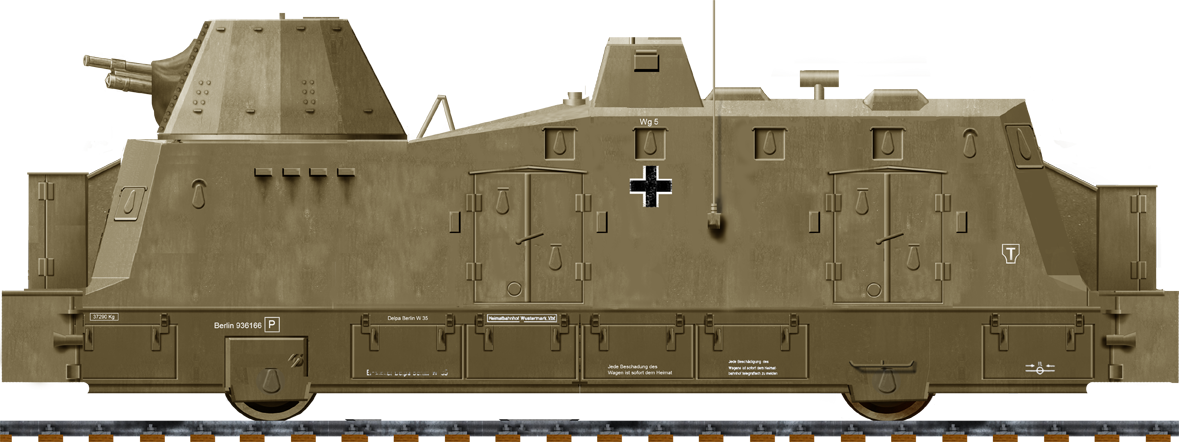
25/06/2025  Panzerzug BP.42 (1942)
Panzerzug BP.42 (1942)
The The BP 42 (long form: "Behelfsmäßiger Panzerzug 1942" where Behelfsmäßiger means "makeshift") was a German armored train class in the Second World War, used by the Wehrmacht. It represented several armored trains produced to be used mosty on the eastern front at the end of December 1942 and replaced by the BP-44. The history, composition, design, organization, tactics, and specific elements of the train will be seen here over the next months with regular updates. Second entry: The Flakwagen.
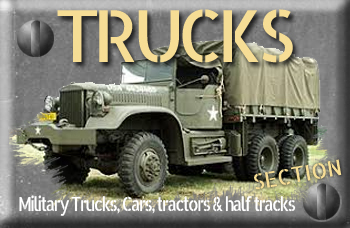
Trucks
Military Trucks and staff cars.
A dedicated section for softskin vehicles, from WWI to this day: Trucks, staff cars, reconnaissance vehicles, and artillery tractors: Truck-Encyclopedia.com.

 UAZ 469 (1972)
UAZ 469 (1972)
13.07.2025 The UAZ-469 is a Russian, ex-Soviet off-road vehicle developed in the late 1960s for the military to replace the GAZ-69. Serial production started in 1972 and lasted continuously until 2007, restarted for the provate sector in 2010 at the Ulianovsk plant. Powered by a single R4 2.4 liters engine rated for 70 hp with a 4-speed manual gearbox and all-wheel drive it had more power, better suspension, while still amazingly rugged, reliable and dirt stupid to maintain. of the entire structure. Deployed with the Soviet Army and Warsaw Pact troops as well as numerous uniformed services of communist countries in the Cold War it was also largely exported and was featired in almost every armed conflict after 1970. Its most famous deployment by the Soviet Union was in Afghanistan in 1979-1989. It's mostly veterans nostalgy that pushed to resume production. Today a used UAZ-469 is worth 5,000$ on the market in relatively good conditions.
Older Entries:
Type 95 Mini Truck * FAP-13 (1962) * MTV M1083 (1990) * Somua MCG (1932) * GAZ-A (1932) * C7P * Harley-Davidson WLA * Mercedes-Benz L4500 (1939) * YAG-10 (1932) * MAN SX-45 Sky Sabre (2000) * Pinzgauer 710 (1971) * Ursus A (1925) * Citroën Type 23 (1935) * SAMIL 50 * Bedford MW * Iveco Eurocargo * Dodge M37 (1951) * GAZ-60 (1938) * Land Rover Perentie * 2S43 Malva * Laffly S15 T * MAN SX * BM-21 Grad * M87 Orkan * Albion WD FT15 * Pacific M25 Tank Transporter "Dragon Wagon" * C2P Tractor (1936) * Autocarro Unificato Pesante O.M. URSUS (1939) * ZIL-131 * Faun L900 D567 (1937) * Mack NJU 5-ton 4x4 * KrAZ-6322 * BM-30 Smerch * Isuzu Type 97 * FSC Lublin 51 (1951) * Ford G8T (1942) * SU-12 * Mercedes Benz 250 GD & G class (1978) *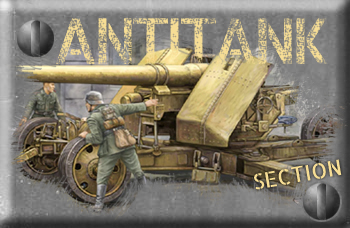
The Antitank-Encyclopedia.
All the means to destroy a Tank.
From early antitank cannons and rifles to missiles, mines and RPGs.
 10.4 cm Feldkanone M.15
10.4 cm Feldkanone M.15
➾ Field Gun produced 1915-18.
The 10.4 cm Feldkanone M.15 (Model 15) was a field gun used by the Austro-Hungarian Army during World War I. It was produced and saw service in 1915–1918 (WWI), later used in smaller numbers in successor states post-war, notably Czechoslovakia, with Germany capturing them after the partition in 1938.
